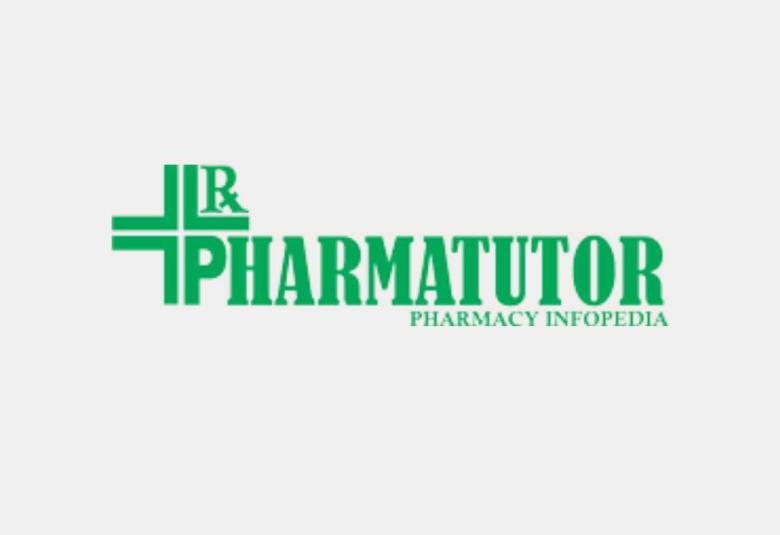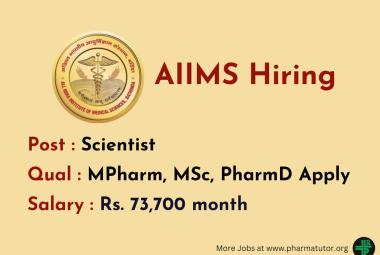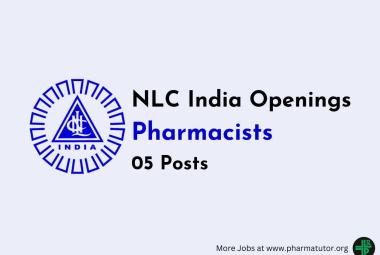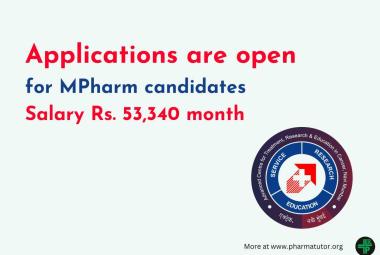FORMULATION AND EVALUATION OF ATAZANAVIR SULPHATE FLOATING MATRIX TABLETS
ABOUT AUTHOR:
Swetha Kotla
Malla Reddy Institute Of Pharmaceutical Sciences
Hyderabad, AP, India
swetha.pharma12@gmail.com
ABSTRACT
The study was aimed at formulation and evaluation of Fast Disintegrating Tablets (FDTs). Using a taste masking polymer Eudragit E100, to mask the taste of a delivered drug i.e., Quetiapine Fumarate (QTF). Taste masking was done by solvent evaporation technique in absolute Ethanol as solvent system. Fast Disintegrating Tablets of QTF were prepared by using different techniques like Superdisintegrants addition method (Croscarmellose sodium (CCS), Sodium starch glycolate (SSG) and crospovidone (CP)), sublimation method (Camphor) and Effervescent formulation approach (sodiumbicarbonate+citrcacid). All the formulations were evaluated for flow properties, hardness, friability, content uniformity, wetting time, in vivo disintegration time (DT), release profiles. All the formulations showed satisfactory mechanical strength and other formulation parameters within the range. Dissolution parameters such as, Initial Dissolution Rate (IDR), Dissolution Efficiency (DE), Mean Dissolution Time (MDT) and Relative Dissolution Rate (RDR) were calculated. The optimized formula D5 prepared by using 10 % CP as a superdisintegrant and 12 % Camphor as subliming agent, which showed shortest DT (17 Sec) ( Q10= 88%, WT= 37Sec). The drug polymer complex was subjected to FTIR studies to understand the degree of interaction between drug and polymer. The dissolution parameters such as IDR, DE, RDR for the optimized formulation exhibited 1.8 fold increase when compared to marketed product. It can be concluded that the orally fast disintegrating tablets of QTF with better biopharmaceutical properties than conventional marketed tablet obtained using formula D5.



 ABOUT AUTHORS:
ABOUT AUTHORS: ABOUT AUTHORS:
ABOUT AUTHORS:  ABOUT AUTHORS:
ABOUT AUTHORS:  ABOUT AUTHORS:
ABOUT AUTHORS:  ABOUT AUTHOR:
ABOUT AUTHOR:





